Nestled in Italy’s Marche region, Ascoli Piceno captured my heart the moment I stepped onto its gleaming streets. This hidden gem stands uniquely as the world’s only city built entirely from travertine stone. This creates a magical glow when evening lights reflect off its surfaces.
Visiting Ascoli Piceno offers a perfect blend of medieval charm, architectural splendor, and authentic Italian culture.
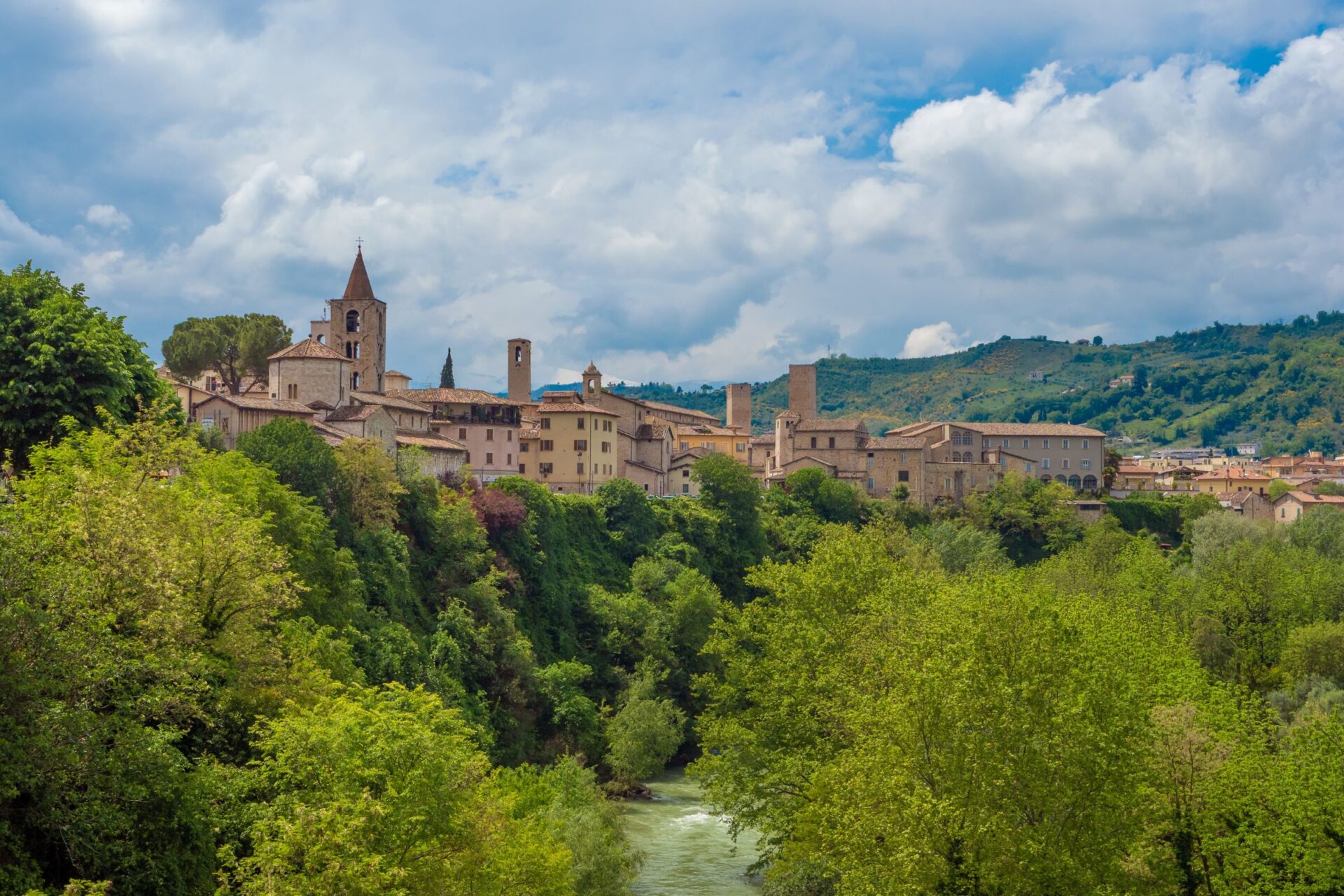
Walking through this elegant city feels like stepping into a living museum. The historic center buzzes with local life, centered around what many consider one of Italy’s most beautiful squares – Piazza del Popolo. I spent hours sipping caffè at outdoor cafés, admiring Renaissance buildings, and watching residents go about their daily routines against a backdrop of stunning medieval architecture.
The city’s location is equally impressive, nestled at the foot of mountains encompassing two national parks. During my visit, I found myself constantly torn between exploring the charming streets, savoring the delectable local cuisine, and using the city as a base for day trips into the surrounding natural beauty. Ascoli Piceno truly deserves more attention from travelers seeking an authentic Italian experience away from the typical tourist path.
Exploring the Elegance of Ascoli Piceno
Walking through Ascoli Piceno feels like stepping into a living museum where history and beauty blend seamlessly. The city’s travertine architecture glows with a warm, honey-colored light that transforms ordinary streets into something magical.
A Journey Through Time: Historical Highlights
Ascoli Piceno’s rich history spans over 2,500 years, making it one of Italy’s oldest settlements. I was struck by how the city wears its history so visibly. Roman ruins sit alongside medieval towers and Renaissance palaces.
The Teatro Ventidio Basso, an lavishly decorated ancient theater, offers a glimpse into the city’s cultural past. During my visit, I discovered it still hosts performances, connecting present-day visitors with centuries of artistic tradition.
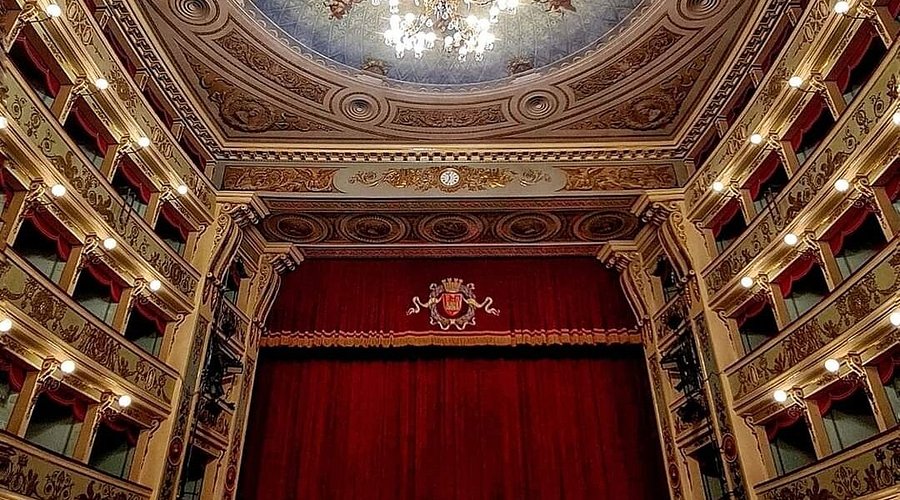
Image Source: Tripadvisor
The city’s nickname, “City of 100 Towers,” comes from the medieval period when wealthy families built tower houses as symbols of power. Today, about 50 remain, creating a distinctive skyline that I found absolutely captivating.
Piazza del Popolo: The Heart of the City
The stunning Piazza del Popolo serves as Ascoli’s living room. This travertine-paved square is where locals and visitors gather to enjoy coffee or aperitivo at Caffè Meletti, a historic Art Nouveau café I highly recommend.
The square is framed by impressive buildings:
- Palazzo dei Capitani with its ornate façade
- Church of San Francesco with remarkable Renaissance elements
- Elegant porticoed buildings housing shops and restaurants
I loved watching the piazza transform throughout the day. Morning brings locals running errands, afternoon sees students chatting over coffee, and evening turns it into a vibrant social scene.
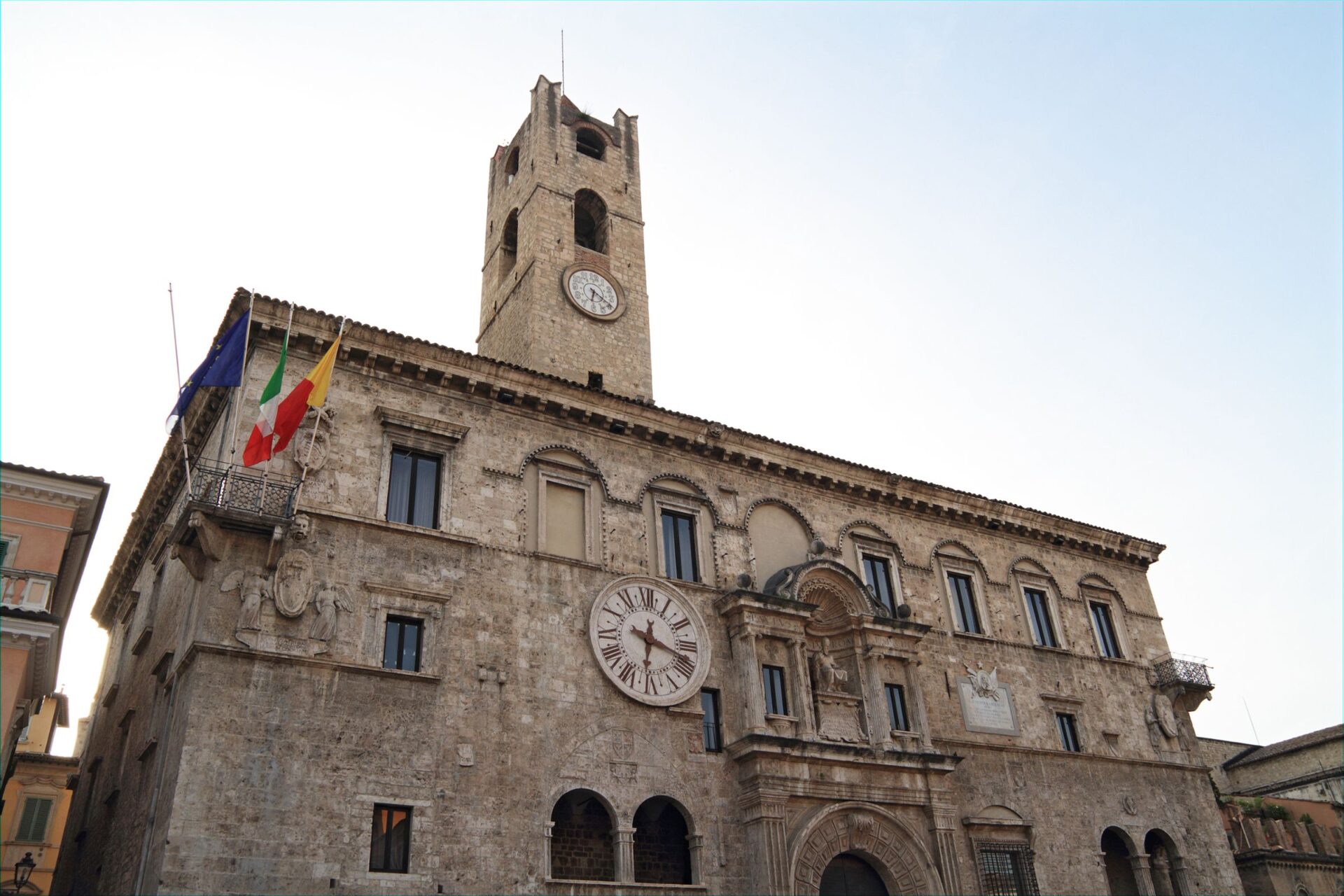
Piazza Arringo: Cultural and Spiritual Core
Just a short walk from Piazza del Popolo lies Piazza Arringo, Ascoli’s oldest square and spiritual heart. The majestic Cathedral of Sant’Emidio dominates this space with its impressive façade and bell tower.
Inside the cathedral, I discovered beautiful artworks including paintings by Carlo Crivelli. The Baptistery contains remarkable frescos that shouldn’t be missed.
The Pinacoteca Civica (Civic Art Gallery) houses a remarkable collection of paintings, sculptures, and decorative arts. I spent hours admiring works by local artists and nationally recognized masters.
The square also hosts the Bishop’s Palace and town hall, creating a center of both religious and civic power that has shaped the city for centuries.
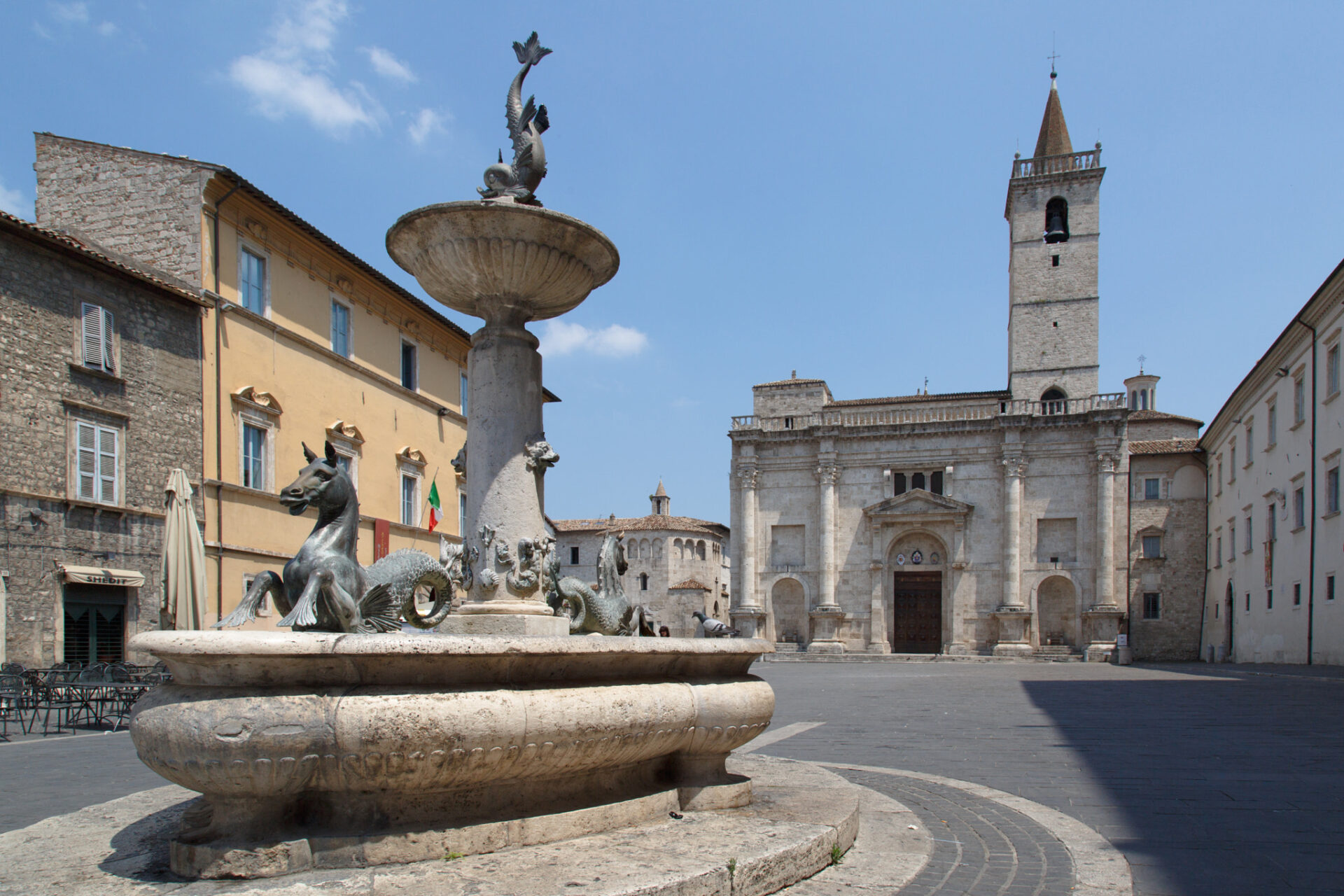
Image Source: Wikimedia Commons
Culinary Delights in Ascoli Piceno
Ascoli Piceno offers some of Italy’s most distinctive and delicious regional cuisine. During my visits, I’ve found that the food here perfectly balances tradition with local ingredients that showcase Le Marche’s unique flavors.
Savoring Local Flavors: Traditional Dishes
The star of Ascoli’s cuisine has to be the famous olive all’ascolana – large green olives stuffed with seasoned meat, breaded, and fried to golden perfection. I still dream about these savory treats! You’ll find them in virtually every restaurant and bar in town.
Another must-try is the fritto misto ascolano, a mixed fried platter featuring vegetables, lamb chops, and cream-filled treats called crema fritta. The local pasta specialties deserve attention too, with maccheroncini di Campofilone being particularly delightful – incredibly thin egg pasta that’s often served with rich meat sauces.
Don’t miss trying the Piceno wines to accompany your meal. The Rosso Piceno and Falerio varieties complement the local dishes perfectly and highlight the region’s excellent vineyards.
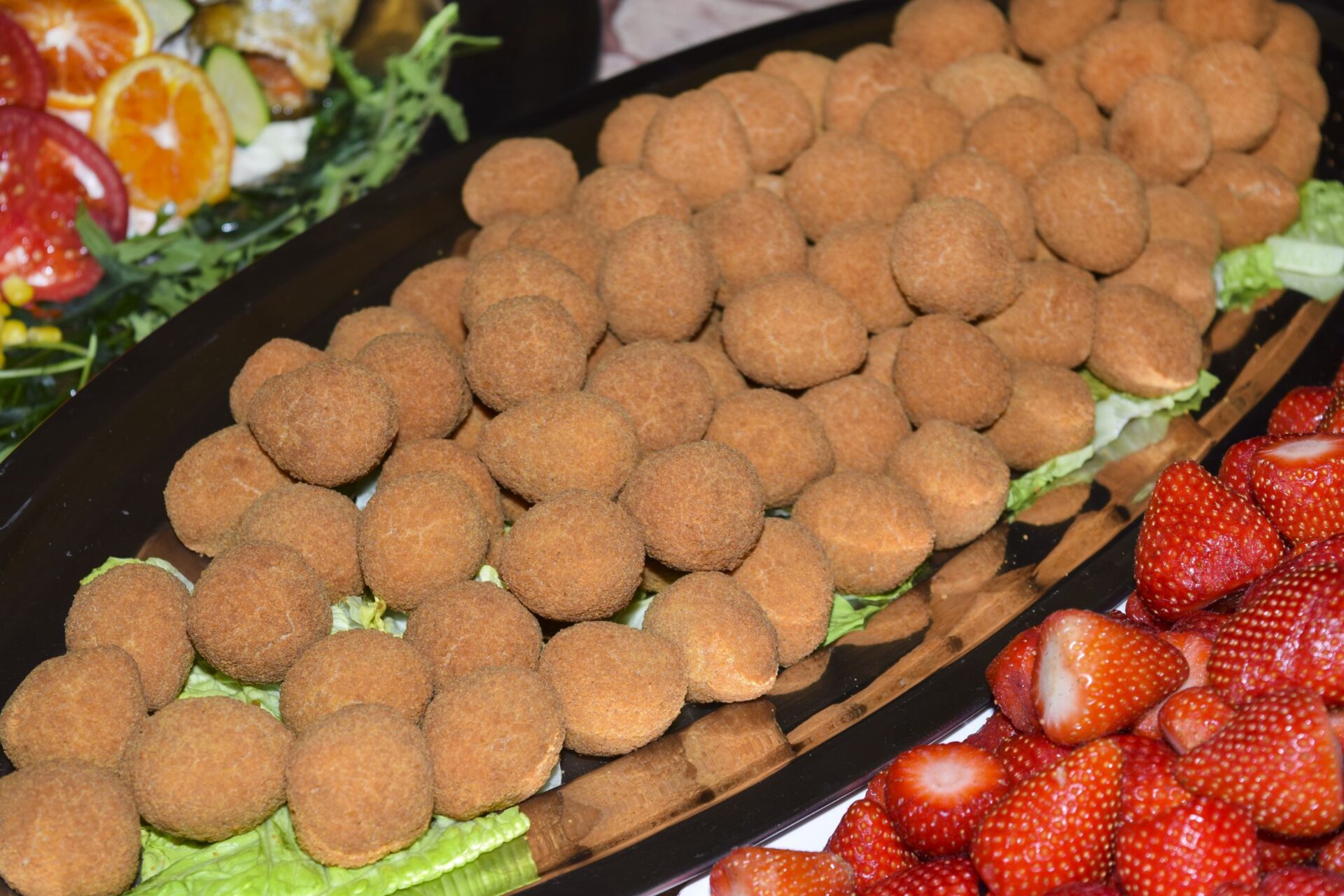
Caffe Meletti: An Iconic Historical Cafe
My favorite place to pause during an Ascoli exploration is the elegant Caffe Meletti, overlooking Piazza del Popolo since 1907. This historic café retains its original Liberty-style décor and has hosted famous figures throughout its storied history.
The café is renowned for its anisette liqueur, produced by the Meletti family. I recommend trying their signature drink, the anisetta con la mosca – anisette with coffee beans (the “fly”).
Their pastries are equally wonderful. The café serves delightful morning cornetti and afternoon sweets that pair perfectly with their excellent coffee. Sitting at Meletti feels like stepping back in time while watching local life unfold in the piazza.
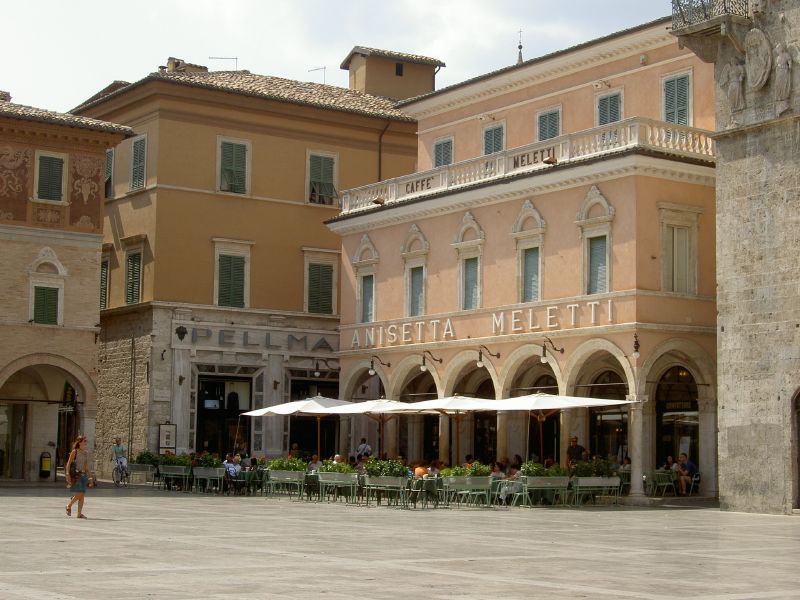
Image Source: Flickr
Food Markets and Festivals
The bustling food markets of Ascoli provide a wonderful glimpse into local culinary culture. I especially love visiting the market in Piazza Arringo, where farmers sell seasonal produce, cheeses, and cured meats directly from their farms.
Throughout the year, food festivals celebrate Ascoli’s gastronomic heritage. La Quintana in August features medieval-inspired feasts, while the olive festivals in fall showcase the region’s prized olives during harvest season.
For a deeper dive into local food culture, consider joining a cooking class. Many local homes and restaurants offer classes where you can learn to make traditional dishes like olive all’ascolana from scratch. These hands-on experiences have given me some of my most memorable souvenirs – recipes I still use at home!
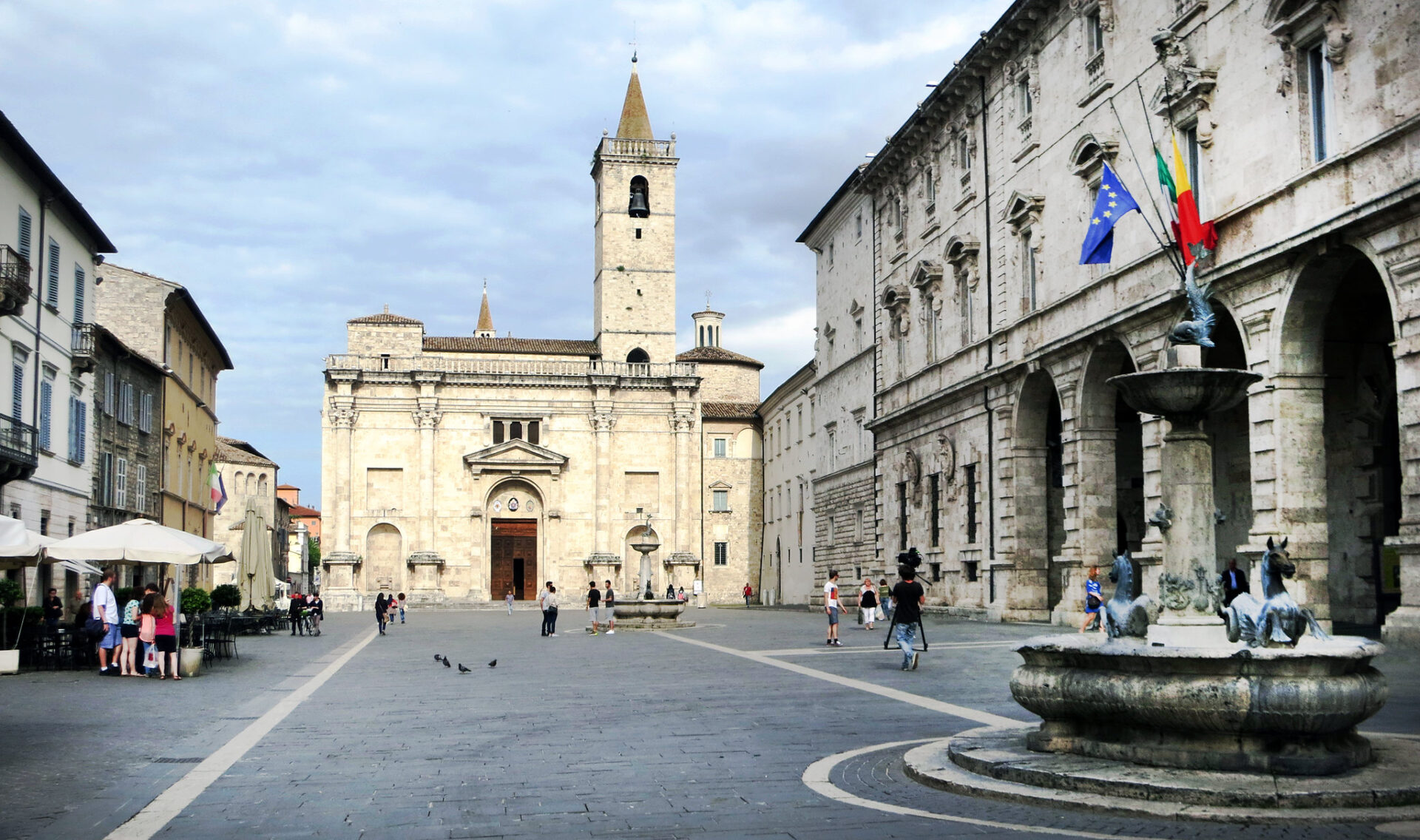
Image Source: Flickr
Navigating Ascoli Piceno
Getting around Ascoli Piceno is quite straightforward, with several transportation options that make exploring this elegant city convenient and enjoyable. The compact historic center invites leisurely walks, while strategic accommodation choices can enhance your overall experience.
Transportation Tips for Getting Around
The historic center of Ascoli Piceno is largely pedestrianized, making walking the best way to explore its beautiful travertine squares and narrow medieval streets. I spent hours wandering through the city and discovered hidden corners that aren’t in any guidebook.
Public buses connect the main areas of the city and are reliable for longer distances. Tickets must be purchased before boarding at tobacco shops or newsstands around town.
For those driving to Ascoli, I recommend parking outside the city walls in one of the designated parking areas. The Torricella or Borgo Solestà lots offer reasonable rates and are just a short walk from the center.
Taxis are available but not abundant – save the local taxi number in your phone if you plan evening outings or have mobility issues.
Accommodations: Where to Stay
Staying within the historic center offers the most authentic experience. I loved waking up and being just steps away from Piazza del Popolo, often called one of Italy’s most beautiful squares.
Budget options include:
- B&Bs like Casa Antonia or Il Battistero
- Guest houses offering rooms with shared facilities
Mid-range choices:
- Hotel Guiderocchi – a converted palace with reasonable rates
- Palazzo Guiderocchi – offering more upscale rooms in a historic building
Luxury seekers should consider:
- Palazzo dei Mercanti – a beautifully restored noble residence with elegant rooms
For families or longer stays, apartment rentals provide more space and kitchen facilities. Many historic buildings now house vacation apartments with modern amenities while maintaining original features.

Image Source: Tripadvisor
Best Time to Visit
Spring (April-June) offers the perfect balance of pleasant temperatures, fewer tourists, and blooming landscapes. I found May ideal for exploring the surrounding parks without the summer heat.
Summer brings warmer temperatures and more visitors, especially during August when Italians take their holidays. The city hosts various festivals during this time, including the historic Quintana jousting tournament.
Fall provides beautiful colors and harvest celebrations. September and October offer comfortable temperatures for sightseeing plus seasonal culinary delights like truffles and mushrooms.
Winter is quiet with occasional light snow that transforms the travertine city into a magical scene. Christmas markets add festive charm, though some attractions may have reduced hours.
Rain is possible year-round, so packing a light raincoat is always wise regardless of when you visit.
Activities and Experiences
Ascoli Piceno offers a rich tapestry of experiences that cater to every type of traveler. From vibrant cultural festivities to serene outdoor adventures and unique shopping opportunities, this elegant city has something special waiting around every corner.
Cultural Events and Festivities
The heartbeat of Ascoli Piceno can be felt most strongly during its traditional celebrations. I was fortunate to witness the Quintana, a medieval jousting tournament held twice yearly (July and August), where the city transforms with colorful pageantry, period costumes, and fierce competition between the six districts.
Local food festivals are equally enchanting. The Fritto Misto all’Italiana festival celebrates the art of fried food, while numerous sagre (food festivals) highlight seasonal specialties throughout the year.

The Teatro Ventidio Basso hosts a variety of performances including opera, theater, and concerts. I found their calendar packed with events that showcase both Italian classics and contemporary works.
Religious processions, especially during Easter and Christmas, offer a glimpse into the city’s spiritual traditions. The streets fill with solemn yet beautiful ceremonies that have remained largely unchanged for centuries.
Outdoor Adventures: Parks and Surroundings
Ascoli’s natural setting between two national parks makes it perfect for outdoor enthusiasts. The Monti Sibillini National Park, just a short drive away, offers spectacular hiking trails with views that took my breath away.
For a closer nature experience, I enjoyed strolling along the Castellano River that flows through the city. The riverside paths provide peaceful walks with beautiful views of the ancient bridges and city walls.
Cycling routes crisscross the surrounding countryside, winding through olive groves and vineyards. Rental bikes are available in the city center, and many routes are suitable for casual riders.
The nearby Adriatic coast is only 30 minutes away by car. I spent several delightful afternoons swimming and sunbathing at San Benedetto del Tronto’s beaches after morning explorations in Ascoli.
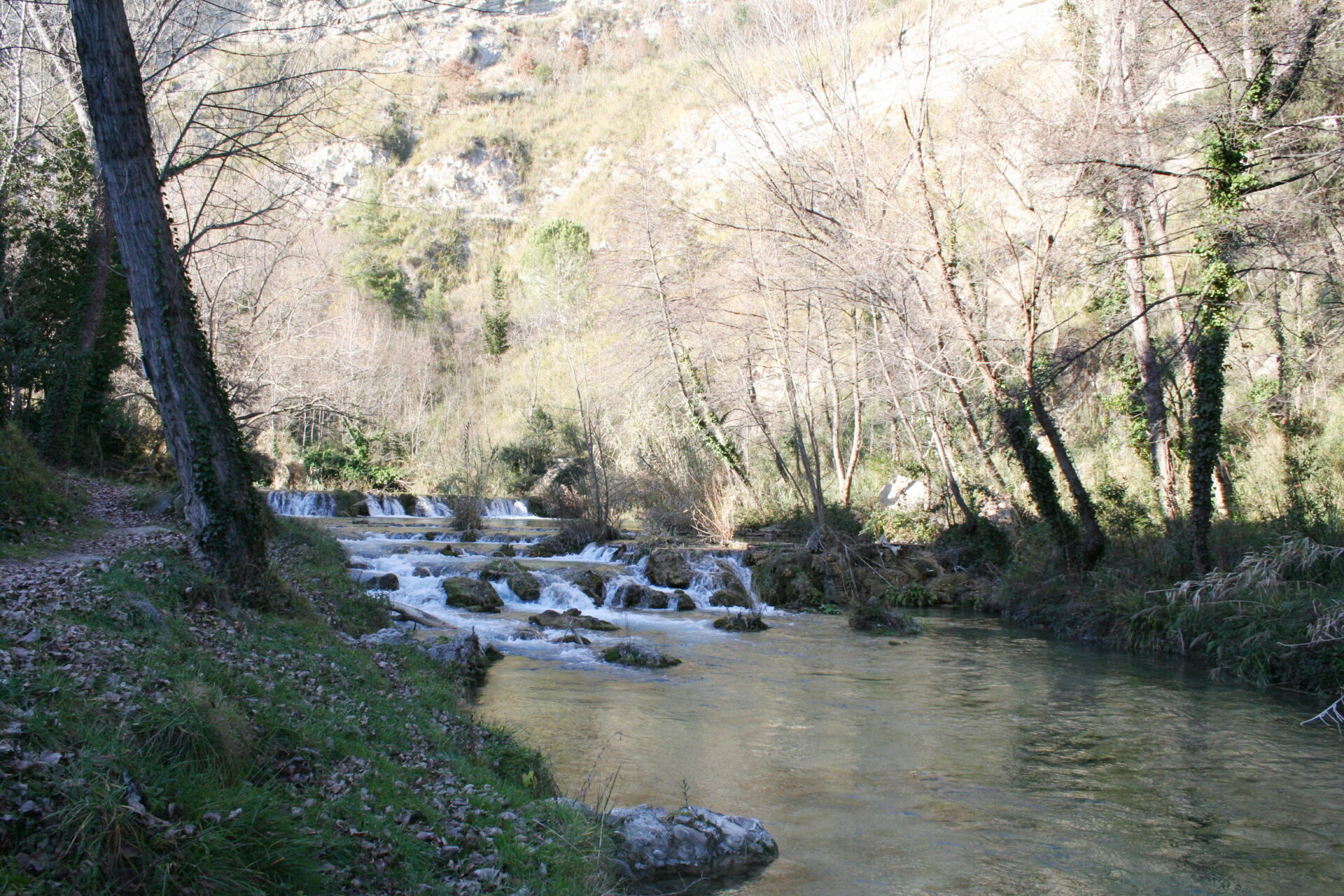
Image Source: Wikimedia Commons
Shopping and Artisan Crafts
Ascoli Piceno’s shopping scene blends traditional crafts with modern boutiques. The historic center is dotted with artisan workshops where I watched craftspeople create beautiful ceramics, leather goods, and copper works using time-honored techniques.
Food shopping is a highlight here. The covered market offers local specialties including:
- Olive all’ascolana (stuffed olives)
- Pecorino cheese from nearby mountain farms
- Artisanal salumi and cured meats
- Local wines, particularly Rosso Piceno and Falerio
Boutique shopping thrives along Corso Mazzini and surrounding streets. I discovered unique clothing stores, antique shops, and bookstores nestled between historic buildings.
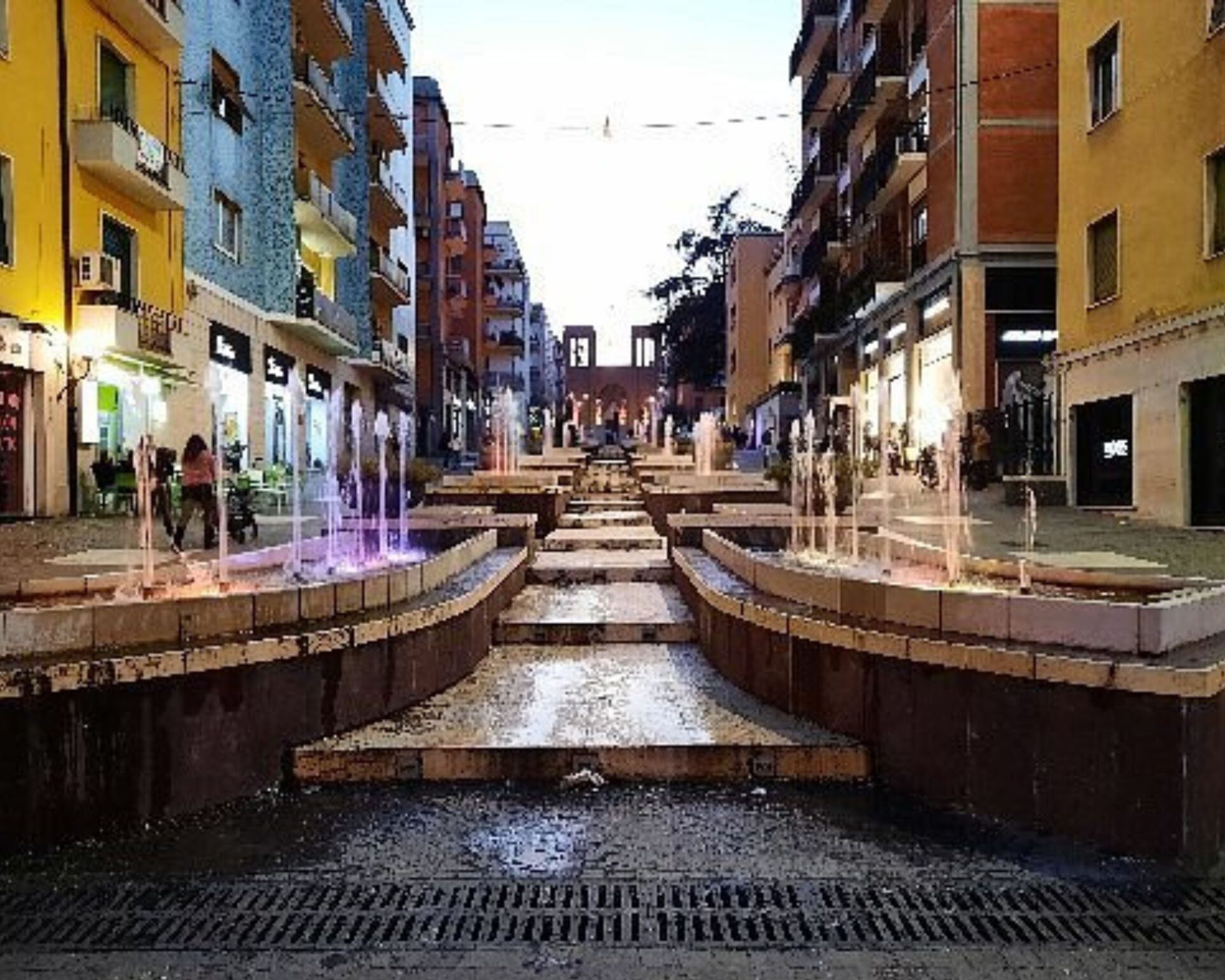
Image Source: Tripadvisor
Practical Tips for Travelers
Visiting Ascoli Piceno requires a bit of preparation to make your trip smooth and enjoyable. Here are some essential tips to help you navigate this elegant city with confidence.
Language and Communication
While in Ascoli Piceno, I found that many people in tourist areas speak some English. Learning a few Italian phrases greatly enhanced my experience.
Simple greetings like “buongiorno” (good morning) and “grazie” (thank you) helped me connect with locals.
The city isn’t as internationally tourism-focused as Rome or Florence. So, having a translation app on your phone can be incredibly helpful.
I recommend downloading Google Translate with the Italian language pack for offline use.
Local residents appreciate visitors who make an effort to speak their language. In restaurants, many menus have English translations, but smaller, authentic places might not.
Learning food-related terms before your trip will help you order the local specialties with confidence.
Safety and Health Considerations
Ascoli Piceno is generally a safe city. I still took normal precautions as I would in any destination. I kept my valuables secure. I did this, especially in crowded areas like Piazza del Popolo during busy times.
The tap water is safe to drink. This can save you money on bottled water. I carried a reusable bottle. I refilled it at the many public fountains throughout the historic center.
Medical facilities in Ascoli are good, but travel insurance is essential. Pharmacies (farmacie) are easily identifiable by green cross signs. Staff often speak some English.
The city’s historic center features cobblestone streets and medieval architecture. I recommend comfortable walking shoes. You’ll be doing plenty of exploring on foot.
Summer temperatures can get quite hot, especially in July and August. Stay hydrated. Also, consider planning indoor activities during the peak afternoon heat.

